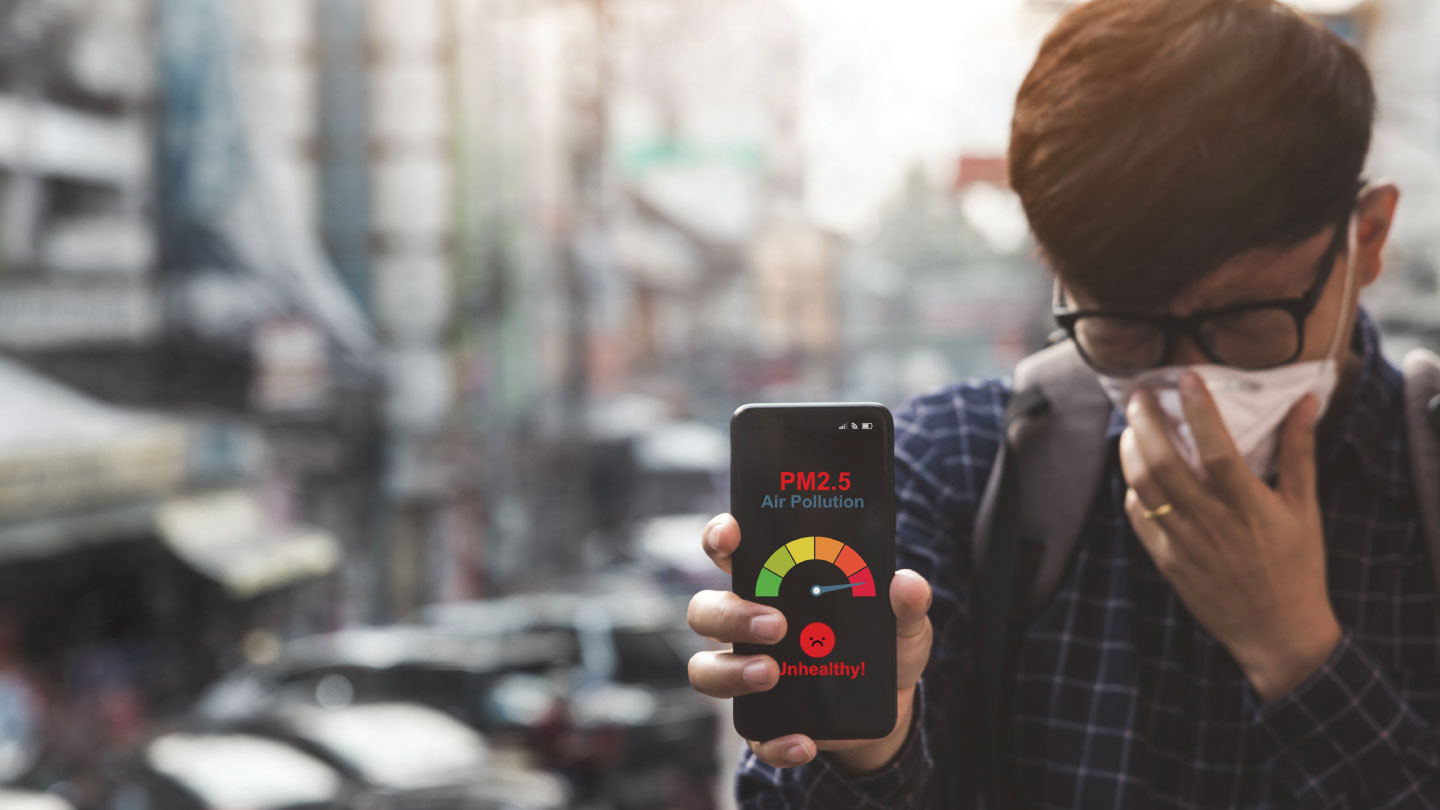Medical
When Every Touch Hurts: Understanding Trigeminal Neuralgia
A sudden, electric-shock pain on one side of your face may not be a dental issue.

Imagine feeling a jolt of stabbing pain just by brushing your teeth, while applying make-up, or even when a cool breeze touches your cheek. For those living with trigeminal neuralgia (TN), this is a reality. Often mistaken for dental problems or sinus pain, trigeminal neuralgia is a chronic condition that affects the trigeminal nerve, which is responsible for sensations in your face. Though rare, it is widely regarded as one of the most severe forms of nerve pain, often described as ‘the suicide disease’ due to its intensity. Understanding its causes, symptoms, and treatments can be life-changing for those affected.
What is Trigeminal Neuralgia?
Trigeminal neuralgia is a chronic pain disorder that arises when the trigeminal nerve, the fifth cranial nerve responsible for transmitting sensations from your face to your brain, malfunctions. This leads to sudden, severe, shock-like pain typically felt on one side of the face, most often in the cheek or jaw area.
Pain attacks may last from a few seconds to a couple of minutes, striking several times a day or occurring in clusters over weeks. Even mild stimulation, like talking, eating, or touching your face, can trigger excruciating pain episodes. According to the National Institute of Neurological Disorders and Stroke (NINDS), trigeminal neuralgia affects women more often than men and is more common in people over 50.
Related Story: Decoding Headaches: Six Major Types Of Headaches And How To Identify Them
What Causes It?
The most common cause of trigeminal neuralgia is compression of the trigeminal nerve by a nearby blood vessel, usually an artery or vein, as it exits the brainstem. This persistent pressure damages the protective myelin sheath surrounding the nerve, leading to abnormal electrical signals and hypersensitivity to normal stimuli.
Other potential causes include nerve injury, multiple sclerosis (which involves demyelination of nerves), or, rarely, a tumour pressing on the nerve. Sometimes, no clear cause can be identified; this is referred to as idiopathic trigeminal neuralgia.
A 2023 review published in Frontiers in Neurology highlighted that inflammation and oxidative stress in the trigeminal ganglion may also play a role, suggesting that TN is not just mechanical but may involve biochemical nerve dysfunction.
Related Story: Migraine Vs Headache: How To Tell The Difference
Recognising the Symptoms
The hallmark symptom of trigeminal neuralgia is sudden, intense, electric-shock-like facial pain that occurs in short bursts. The pain is typically confined to one side and can affect the upper, middle, or lower face. Common triggers include:
- Brushing teeth or washing the face
- Chewing, talking, or smiling
- Exposure to wind or touch
While the pain attacks last seconds to minutes, they may repeat dozens of times a day, followed by pain-free intervals. Some people develop a constant aching or burning sensation between attacks, a variant known as atypical trigeminal neuralgia.
Related Story: 8 Things You Should Do When You Have A Headache
How It’s Diagnosed
Diagnosis is primarily based on clinical history and symptom patterns. Neurologists may perform imaging tests such as MRI or MRA to rule out other causes, such as tumours or multiple sclerosis, and to visualise contact between blood vessels and the nerve. Because the pain may mimic dental or sinus problems, many patients initially undergo unnecessary dental procedures before receiving a correct diagnosis.
Treatment and Relief Options
The good news is that trigeminal neuralgia is treatable. The first line of management usually involves anticonvulsant medications such as carbamazepine or oxcarbazepine, which help calm abnormal nerve activity. Other drugs like gabapentin or baclofen may also provide relief in resistant cases.
If medications fail or cause intolerable side effects, several surgical options exist:
- Microvascular decompression (MVD): Relieves pressure by moving the offending blood vessel away from the nerve.
- Radiofrequency ablation or rhizotomy: Uses heat to selectively damage nerve fibres carrying pain signals.
- Stereotactic radiosurgery (Gamma Knife): Delivers focused radiation to the affected nerve root.
Alongside medical treatment, lifestyle adjustments such as managing stress, avoiding triggers, and practising mindfulness or relaxation techniques can improve quality of life. Take the first step and join our 2-week meditation program.
Trigeminal neuralgia can feel devastating, but early diagnosis and the right treatment plan can make a world of difference. If you experience sharp, shooting facial pain that doesn’t respond to typical headache or dental remedies, it’s important to consult a neurologist. With medical advances and a growing understanding of nerve pain, relief and recovery are very possible, helping you reclaim your comfort and confidence in everyday life.
Personalised guidance, real results. Book an expert consultation and get the support you need.
EXPLORE MORE
Here’s a clinician-led, practical guide to the drugs that reduce fertility, how they work, and sensible steps to protect your reproductive future.
You can’t always see it or smell it, but it’s there, the invisible haze that seeps into your lungs and alters them from the inside out. Pollution isn’t just an environmental problem anymore; it’s personal.
Your 40s can be powerful years, if you stop doing what quietly harms your heart. Here’s what cardiologists say you should drop.
The air may not always be in your control, and that’s when you have to start adopting healthier habits for your lungs. Here are five simple ways to protect them when pollution levels soar.







.jpg)


